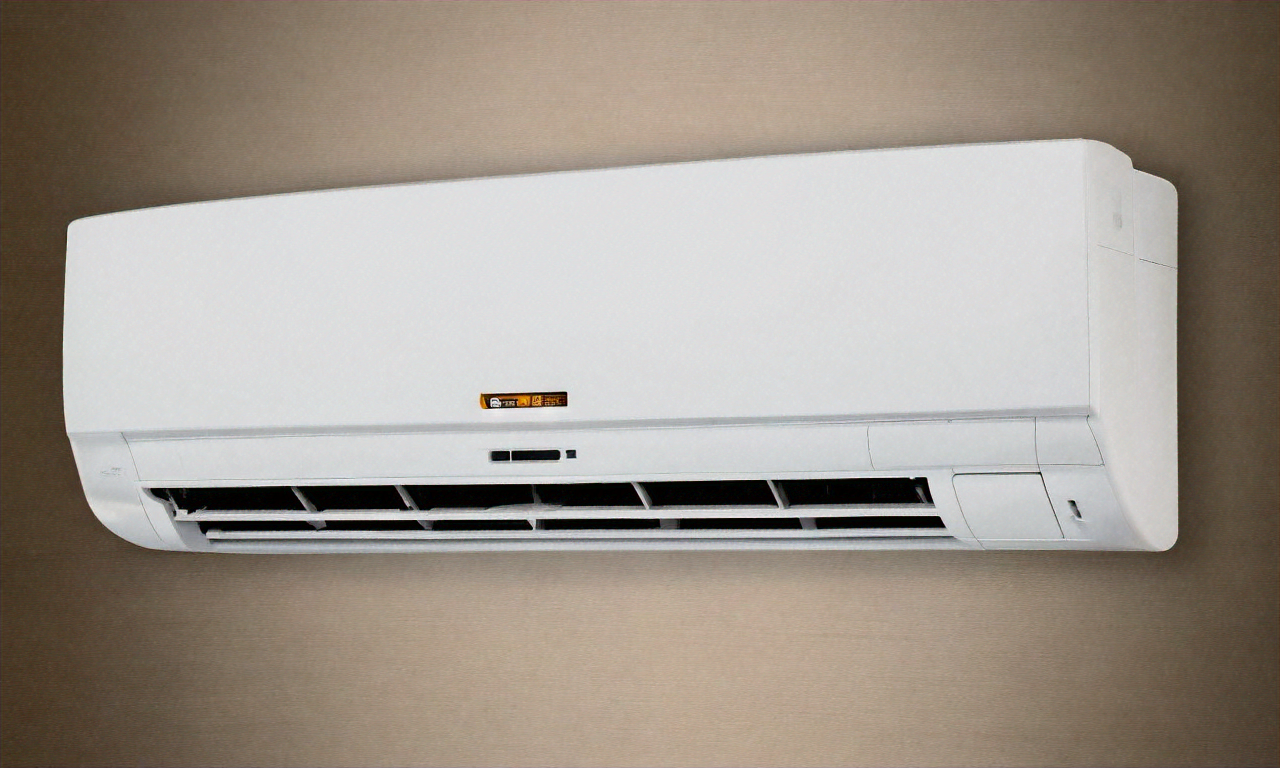Furnace Maintenance Tips to Keep Your Home Cozy
Regular furnace maintenance is essential for maintaining a warm, comfortable home during cold weather while ensuring energy efficiency and safety. Understanding proper maintenance procedures helps prevent unexpected breakdowns, extends equipment life, and maintains optimal heating performance throughout the winter season.

As temperatures drop and winter settles in, a well-maintained furnace becomes crucial for keeping your home comfortable and warm. Proper furnace maintenance not only prevents unexpected breakdowns during frigid weather but also extends the life of your heating system and improves energy efficiency. This guide explores essential maintenance practices that will help keep your furnace running smoothly throughout the heating season.
Why Regular Furnace Maintenance Matters
Regular furnace maintenance is far more than a suggestion—it’s a necessity for homeowners who want to avoid costly repairs and ensure consistent heating. A well-maintained furnace operates at peak efficiency, which translates to lower energy bills during winter months. Studies show that neglected furnaces can lose up to 5% efficiency each year, while properly maintained units retain their efficiency ratings much longer. Additionally, regular maintenance helps identify potential safety issues before they become dangerous, particularly concerning carbon monoxide leaks, which can be life-threatening. Most manufacturers also require documented maintenance to keep warranties valid, making regular care essential for protecting your investment.
Essential Winter Heating Maintenance Steps
Preparing your furnace for winter operation involves several key steps that homeowners can perform themselves. Start by replacing or cleaning the air filter every 1-3 months, as a clogged filter restricts airflow and forces your system to work harder. Next, inspect and clean all vents and registers throughout your home, ensuring they’re unobstructed by furniture or curtains. Check the thermostat for accurate readings and consider upgrading to a programmable model if you haven’t already. Examine the blower assembly and belt for signs of wear, and vacuum dust from accessible components. Finally, ensure the area around your furnace remains clean and free of combustible materials, maintaining at least three feet of clearance on all sides.
Professional Maintenance Requirements
While DIY maintenance is valuable, professional servicing is essential for comprehensive furnace care. HVAC technicians have the training and tools to perform critical tasks beyond a homeowner’s capability. During a professional maintenance visit, technicians will inspect heat exchangers for cracks, test safety controls and limit switches, clean and adjust the burner assembly, check gas pressure and connections, lubricate moving parts, and calibrate the thermostat. Most experts recommend scheduling professional maintenance annually, ideally in early fall before the heating season begins. This timing allows for addressing any issues before you rely heavily on your heating system.
Safety Measures for Furnace Operation
Safety should always be the priority when it comes to furnace operation and maintenance. Install carbon monoxide detectors on every floor of your home and test them monthly, as this colorless, odorless gas can leak from malfunctioning furnaces. When performing any maintenance yourself, always turn off the power to the furnace at both the unit and circuit breaker. Never store flammable liquids or materials near your furnace, and keep the area around it clear. If you detect unusual odors like gas or burning, shut down your system immediately and contact a professional. Understanding the warning signs of furnace problems—such as unusual noises, yellow pilot lights, or frequent cycling—can help prevent dangerous situations.
Common Furnace Maintenance Issues
Several maintenance issues frequently plague furnace systems. Dirty filters remain the most common problem, causing restricted airflow that leads to overheating and reduced efficiency. Ignition or pilot control problems can prevent your furnace from heating properly, while malfunctioning thermostats may cause irregular heating cycles. Mechanical wear on belts and bearings often creates unusual noises, while clogged condensate drains in high-efficiency furnaces can cause water leakage or system shutdown. Many homeowners also encounter issues with their blower motor running continuously or not running at all. Recognizing these common problems early allows for timely intervention before they escalate into major repairs.
Furnace Maintenance Costs and Professional Services
Professional furnace maintenance typically involves varying levels of service at different price points. Most homeowners can expect to pay between $80-$200 for a standard furnace tune-up, depending on location and system complexity. Many HVAC companies offer maintenance plans that include annual inspections at discounted rates.
| Service Level | Typical Inclusions | Average Cost |
|---|---|---|
| Basic Tune-Up | Filter check, basic cleaning, visual inspection | $80-$120 |
| Comprehensive Maintenance | Complete system cleaning, safety checks, efficiency testing | $120-$200 |
| Annual Maintenance Plan | Regular tune-ups, priority service, discounted repairs | $150-$300 yearly |
| Emergency Service Call | After-hours diagnostics and basic repairs | $100-$250 |
Prices, rates, or cost estimates mentioned in this article are based on the latest available information but may change over time. Independent research is advised before making financial decisions.
Regular furnace maintenance represents a small investment compared to the cost of emergency repairs or premature replacement. Most professionals estimate that proper maintenance can extend a furnace’s lifespan by 5-10 years, making it one of the most cost-effective home maintenance practices.
Conclusion
Maintaining your furnace properly is essential for ensuring reliable heating, improving energy efficiency, and extending the life of your system. By combining regular DIY maintenance with professional servicing, you can keep your home cozy throughout winter while avoiding costly breakdowns. Remember that preventive care is always less expensive and less disruptive than emergency repairs. Establishing a maintenance routine that includes regular filter changes, professional annual inspections, and prompt attention to unusual symptoms will help ensure your furnace provides consistent comfort for years to come.




